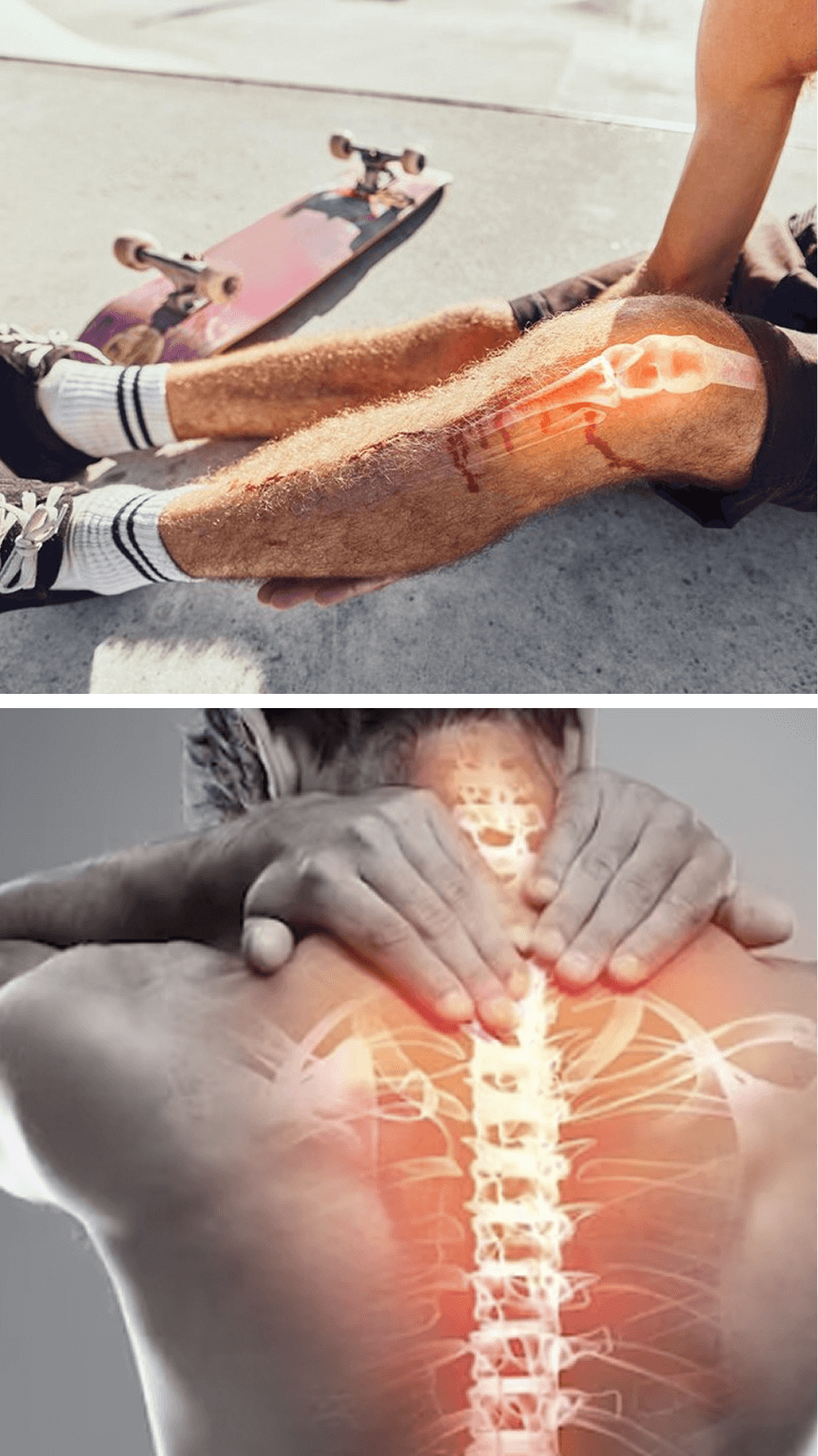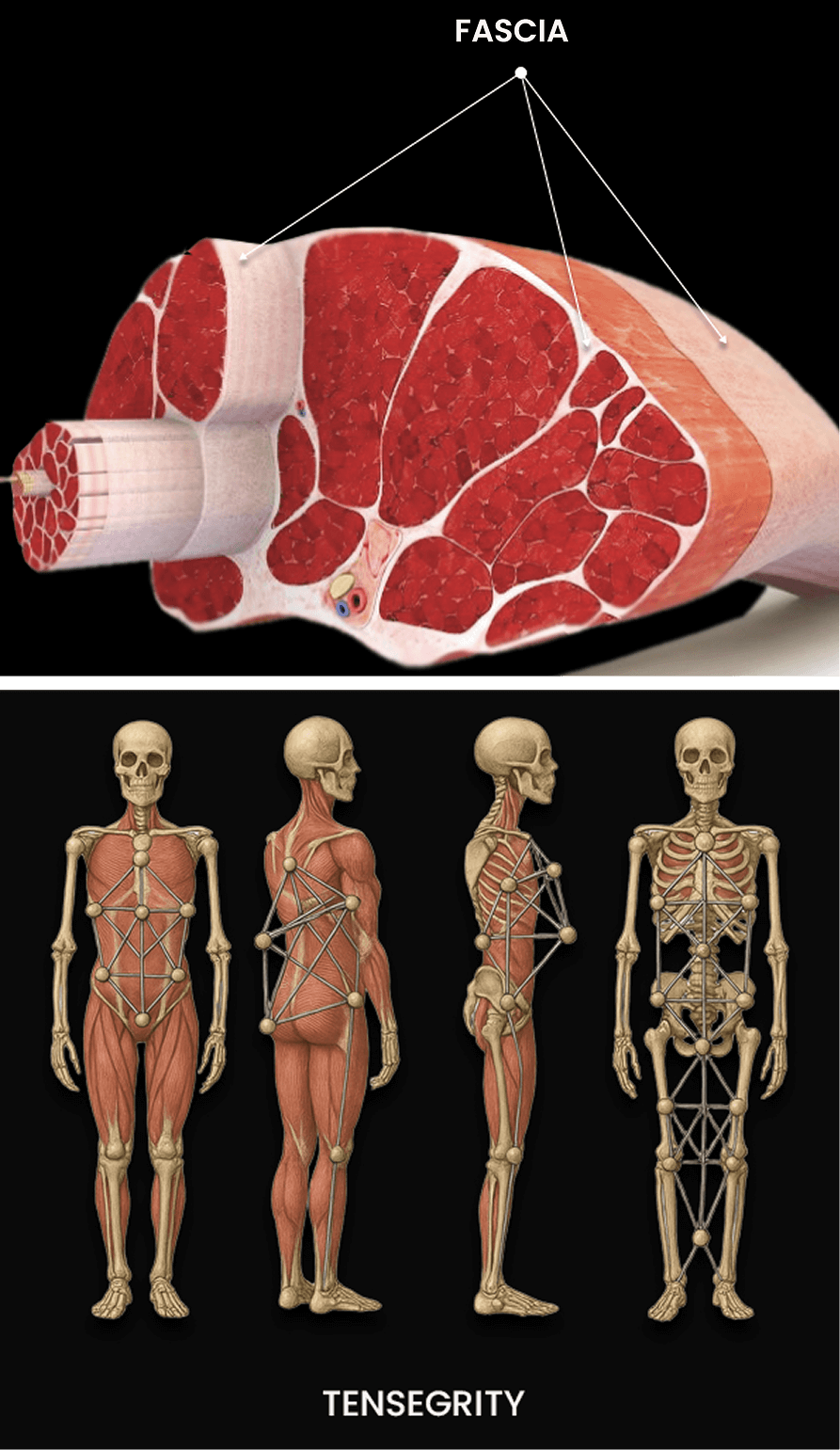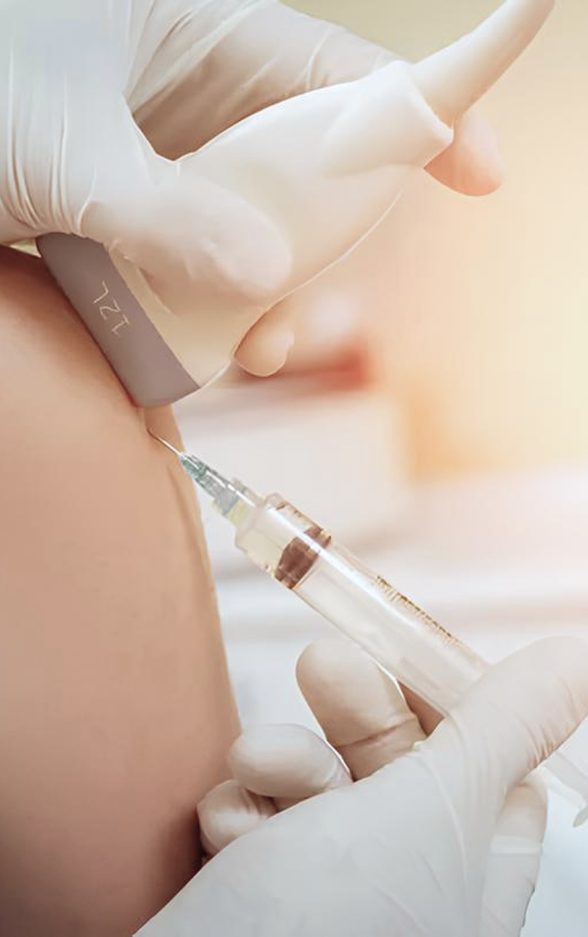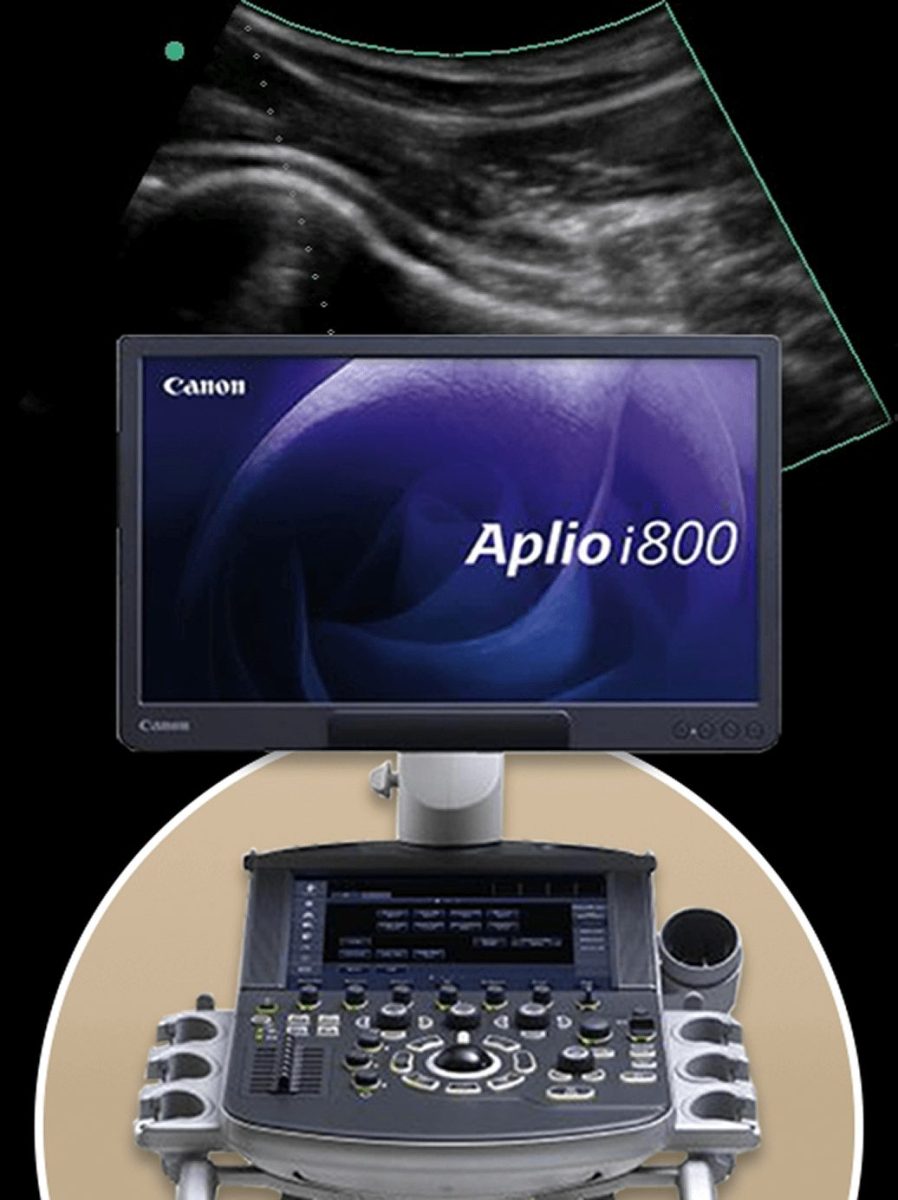In orthopedics and sports medicine, orthobiologic injection procedures and regenerative therapies are frequently used to reduce pain and inflammation, and to stimulate healing of injured or damaged tissues by attracting agents like stem cells and growth factors to the treatment site. Musculoskeletal injuries typically affect multiple tissue types, and each type has unique treatment requirements. Without clear imaging it is impossible to precisely target diverse tissue types with injections, shockwaves and other therapies, especially when treating deep tissues.
At NYDNRehab, high resolution ultrasonography provides a safe and effective imaging solution for various rehabilitative procedures, allowing for precise and effective treatment that speeds up tissue healing.

Orthobiologic specialist
Dr. Yuri Brosgol, MD is a neurologist with 20+ years of experience in treating pediatric and adult myofascial pain. When emerging research on the critical role of fascia in human mobility captured Dr. Brosgol’s interest, he pursued training in orthobiologics and fascial release techniques. Dr. Brosgol learned fascial hydro release techniques directly from Dr. Carla Stecco, the world’s leading specialist in fascial science.
Dr. Brosgol has become a pioneer in the use of orthobiologic solutions, paving the way for transformative advancements in the treatment of myofascial disorders.
Together, Dr. Kalika and Dr. Brosgol are combining their skills to revolutionize the way musculoskeletal pain and injuries are treated. Dr. Kalika’s successful track record of rehabilitating musculoskeletal injuries combined with Dr. Brosgol’s expertise in treating myofascial pain makes NYDNRehab the clinic of choice for injury rehab in NYC.

In order for physical therapy to provide effective and lasting results, we must first remove obstacles and restore biotensegrity – the optimal state of mechanical integrity governed by the myofascial system. That means addressing structural issues that affect multiple systems, including organs and functional units made up of fascia, muscles, tendons, ligaments, joints, nerves and blood vessels. In addition, the patient’s emotional health can present an obstacle to successful rehabilitation.
At NYDNRehab, your rehabilitation journey begins with pre-treating damaged and dysfunctional tissues to eliminate pain and inflammation and restore biotensegrity to the body’s systems. Advanced orthobiologic injection therapies play a critical role in injury rehab that cannot be filled by physical therapy alone.
Conventional medicine takes a reductionist approach to injury treatment, zeroing in on the locus of pain while ignoring more distal structures. By contrast, holistic medicine considers the interdependent nature of the entire organism, exploring how damage or dysfunction in one area of the body is related to pain symptoms in another.
Fascia is a complex web-like network of connective tissue that surrounds and connects muscles, engulfs the visceral organs, and anchors organs to other structures, holding them in place during movement. Fascial tissue is thin, tough and elastic, able to stretch and glide as you move. It is made up of collagen fibers, lubricated by hyaluronic acid – a slippery gel-like substance able to attract 100X its mass in water.
Until recently, the role and significance of fascia was poorly understood, if not completely disregarded. In fact, in cadaver labs used for research, fascia is often cast aside as unnecessary waste. But over the past decade, volumes of research have emerged that recognize the critical role of fascia in human movement.
Fascia is fundamental to human mobility and stability:
When fascia is overworked or depleted due to trauma, mechanical stress, or lack of fluids and nutrients, it can become dehydrated and fibrous. Trigger points can form in fascia and muscle tissue, causing pain and interfering with muscle function. Damaged fascia can become dense and sticky, creating friction and impeding the ability of nerves and blood vessels to glide among other structures. Densified fascia disrupts muscle coordination patterns, causing reduced performance and increased risk of injury.
Fascia is generously embedded with mechanoreceptors that inform your brain of your body’s position as you move. When fascia is injured, proprioception becomes impaired, reducing movement efficiency and increasing your risk of injury. There is a strong relationship between fascial integrity and internal disease that is often overlooked by medical doctors and fascial therapists.
During physical activity, fascia works together with muscle to provide tensile integrity – aka biotensegrity – to guide and control movement, hold organs and other structures in place, and mediate and distribute outside forces. When muscles, fascia or both are damaged, biotensegrity is compromised and mobility is impaired.

Restoring biotensegrity is a key factor in injury rehabilitation. It is not enough for injured muscles tissues to heal and pain to subside. Unless the damaged fascial layers are treated, mobility will continue to be impaired, increasing the risk of future injuries.
At NYDNRehab, we use the following interventions to restore fascia’s slippery and elastic properties:
Our fascia-first approach to injury rehab lays the groundwork for optimal mobility and enhanced physical performance.
Many run-of-the-mill physical therapy clinics rely on symptoms-based diagnosis, antiquated recovery timelines, and cookie-cutter exercise regimens that are not up to speed with the most current evidence. Patients are often released with only small improvements in mobility, resigned to adapting to a “new normal.”
For athletes, the stakes are even higher. When released back to sport with injuries that are not fully rehabilitated, reinjury risk is dramatically elevated and performance is often impaired compared to pre-injury metrics. The decision to release an athlete back to play is often based on recovery timelines for a particular injury. Once that time has elapsed, pressure from coaches and parents, and even the athlete, can lead to premature release that sets the patient up for failure.
At NYDNRehab, our goal is to fully restore functional pain-free mobility that meets or exceeds the patient’s pre-injury condition. Patient diagnosis, treatment and release are based on our extensive experience and expertise. Our decision-making is backed by scientific evidence, objective data, and expertise in a broad range of regenerative and advanced methodologies.
Our personalized one-on-one therapy sessions mean that your treatment protocol is tailored-made to address the unique characteristics of your injury and your unique anatomy. Your release date is based on a checklist of performance parameters derived from quantitative analysis, and confirmed by ultrasound imaging.

Without ultrasound imaging, therapeutic procedures are hit-or-miss, often failing to achieve their goals. Guidance by high resolution ultrasound ensures that injected solutions reach their intended tissues, without bleeding over into other structures. This means faster pain relief and accelerated healing, often with fewer treatment sessions.
During needling procedures, ultrasound guidance protects nerves and blood vessels from accidental needle penetration while ensuring that injected substances hit their target. Research shows that ultrasound guidance of needling procedures results in superior patient outcomes in terms of pain relief and enhanced mobility.
It is important to note that only advanced high resolution ultrasound shows us minute details that cannot be seen with regular ultrasound imaging. High resolution imaging is critical for fascial and nerve injections, and for treating tendon tears.

Dr. Kalika and his research colleague, Dr. Rostyslav Bubnov, have conducted extensive research on the use of high resolution ultrasound imaging in the treatment of a broad range of conditions.
Following is a small sampling of Dr. Kalika’s work:
You can gain access to more of Dr. Kalika’s research by following this link